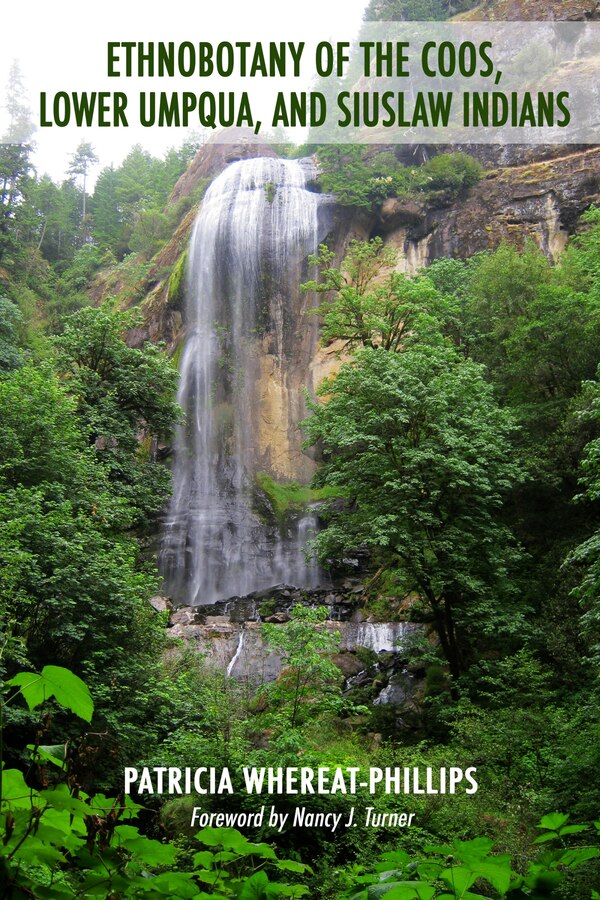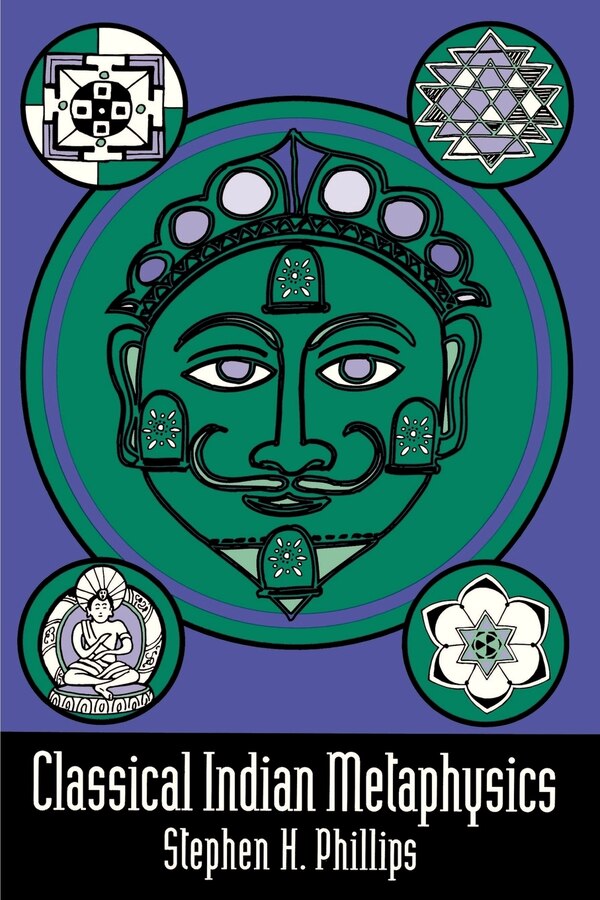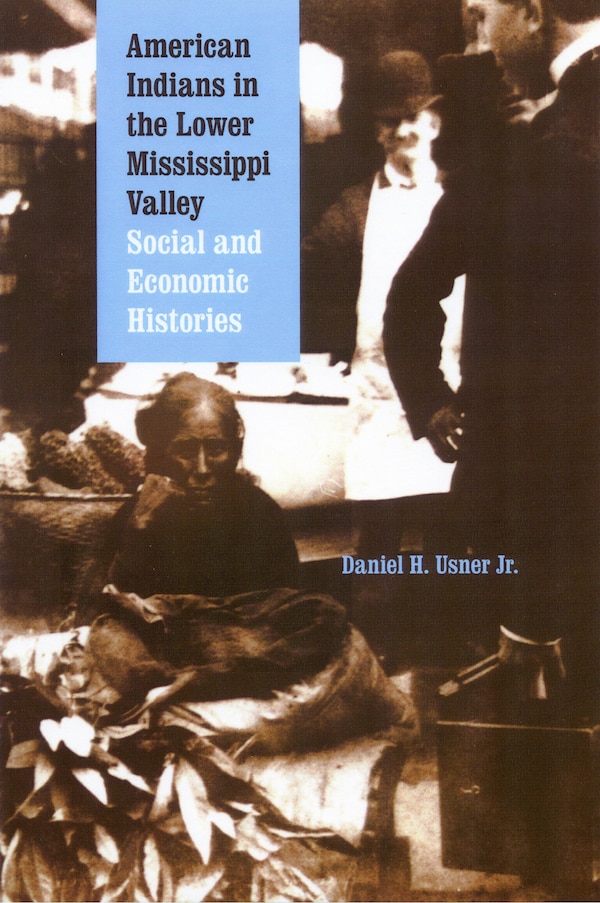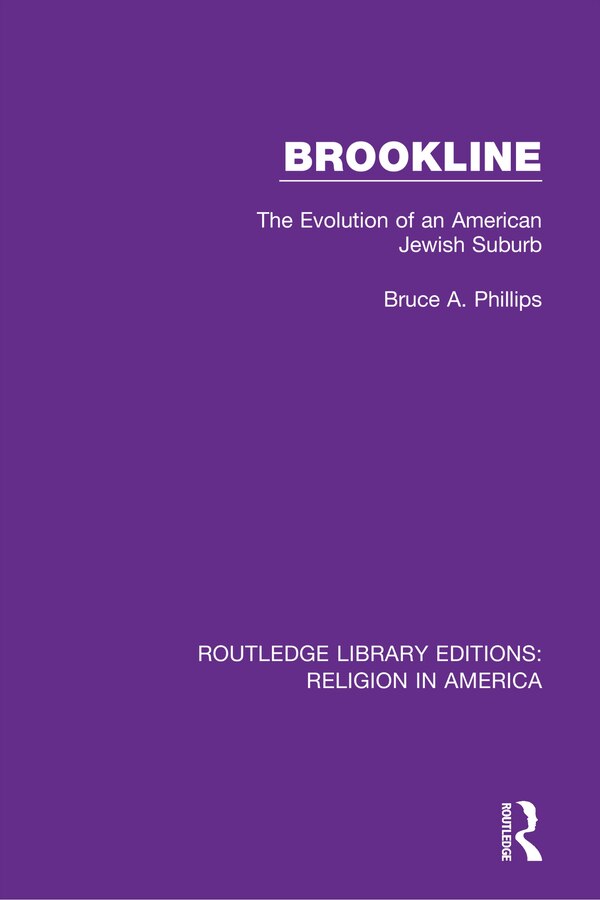
Choice Made Simple!
Too many options?Click below to purchase an online gift card that can be used at participating retailers in Village Green Shopping Centre and continue your shopping IN CENTRE!Purchase HereHome
Ethnobotany of the Coos Lower Umpqua and Siuslaw Indians by Patricia Whereat-Phillips, Paperback | Indigo Chapters
Coles
Loading Inventory...
Ethnobotany of the Coos Lower Umpqua and Siuslaw Indians by Patricia Whereat-Phillips, Paperback | Indigo Chapters in Vernon, BC
From Patricia Whereat-Phillips
Current price: $28.95

Coles
Ethnobotany of the Coos Lower Umpqua and Siuslaw Indians by Patricia Whereat-Phillips, Paperback | Indigo Chapters in Vernon, BC
From Patricia Whereat-Phillips
Current price: $28.95
Loading Inventory...
Size: 0.5 x 9 x 280
*Product information may vary - to confirm product availability, pricing, shipping and return information please contact Coles
Myrtlewood is most often thought of as beautiful wood for woodworking, but to Native people on the southern Oregon coast it was an important source of food. The roasted nuts taste like bitter chocolate, coffee, and burnt popcorn. The roots of Skunk Cabbage provided another traditional food source, while also serving as a medicine for colds. In tribal mythology, the leaves of Skunk Cabbage were thought to be tents where the Little People sheltered. Very little has been published until now on the ethnobotany of western Oregon indigenous peoples. Ethnobotany of the Coos, Lower Umpqua, and Siuslaw Indians documents the use of plants by these closely-related coastal tribes, covering a geographical area that extends roughly from Cape Perpetua on the central coast, south to the Coquille River, and from the Coast Range west to the Pacific shore. With a focus on native plants and their traditional uses, it also includes mention of farming crops, as well as the highly invasive Himalayan blackberry, which some Oregon coast Indians called the white man's berry. The cultures of the Coos Bay, Lower Umpqua and Siuslaw are distinct from the Athabaskan speaking people to the south, and the Alsea to the north. Today, many tribal members are reviving ancient arts of basket weaving and woodworking, and many now participate in annual intertribal canoe events. Ethnobotany of the Coos, Lower Umpqua, and Siuslaw Indians contributes to this cultural renaissance by filling an important gap in the historical record. It is an invaluable resource for anyone who wishes to learn about the indigenous cultures of the central and southern Oregon coast, as well as those who are interested in Pacific Northwest plants and their cultural uses. | Ethnobotany of the Coos Lower Umpqua and Siuslaw Indians by Patricia Whereat-Phillips, Paperback | Indigo Chapters
Myrtlewood is most often thought of as beautiful wood for woodworking, but to Native people on the southern Oregon coast it was an important source of food. The roasted nuts taste like bitter chocolate, coffee, and burnt popcorn. The roots of Skunk Cabbage provided another traditional food source, while also serving as a medicine for colds. In tribal mythology, the leaves of Skunk Cabbage were thought to be tents where the Little People sheltered. Very little has been published until now on the ethnobotany of western Oregon indigenous peoples. Ethnobotany of the Coos, Lower Umpqua, and Siuslaw Indians documents the use of plants by these closely-related coastal tribes, covering a geographical area that extends roughly from Cape Perpetua on the central coast, south to the Coquille River, and from the Coast Range west to the Pacific shore. With a focus on native plants and their traditional uses, it also includes mention of farming crops, as well as the highly invasive Himalayan blackberry, which some Oregon coast Indians called the white man's berry. The cultures of the Coos Bay, Lower Umpqua and Siuslaw are distinct from the Athabaskan speaking people to the south, and the Alsea to the north. Today, many tribal members are reviving ancient arts of basket weaving and woodworking, and many now participate in annual intertribal canoe events. Ethnobotany of the Coos, Lower Umpqua, and Siuslaw Indians contributes to this cultural renaissance by filling an important gap in the historical record. It is an invaluable resource for anyone who wishes to learn about the indigenous cultures of the central and southern Oregon coast, as well as those who are interested in Pacific Northwest plants and their cultural uses. | Ethnobotany of the Coos Lower Umpqua and Siuslaw Indians by Patricia Whereat-Phillips, Paperback | Indigo Chapters


















